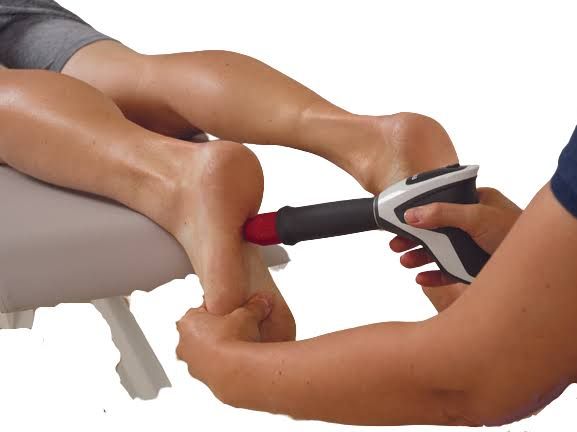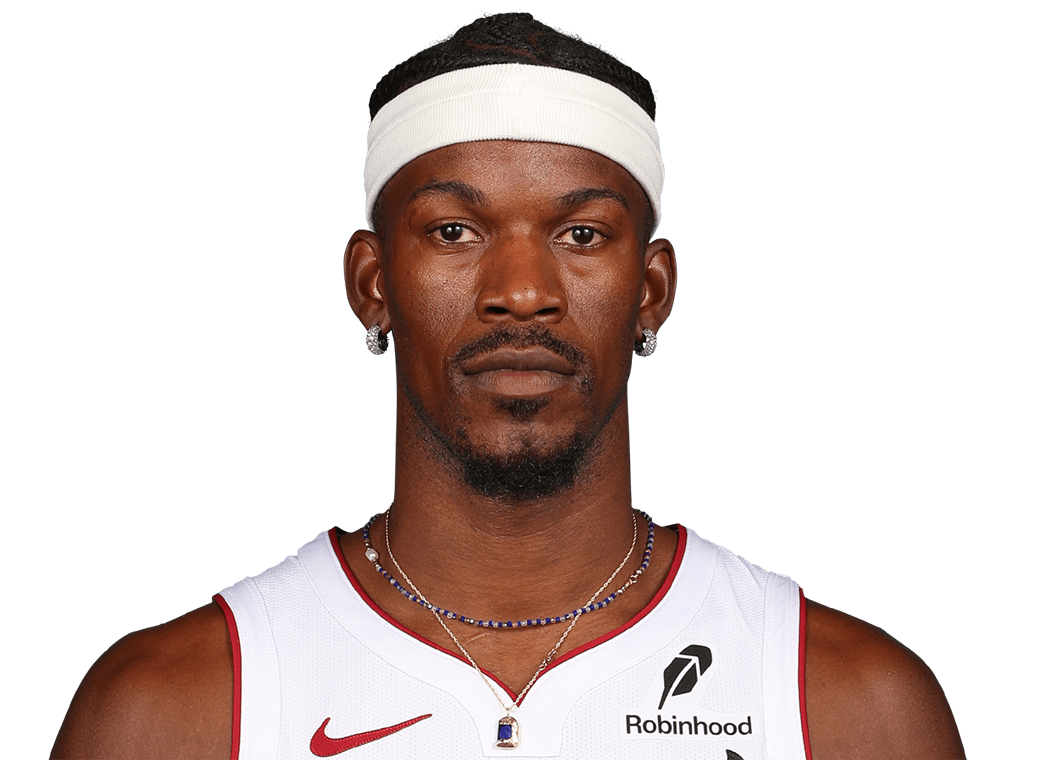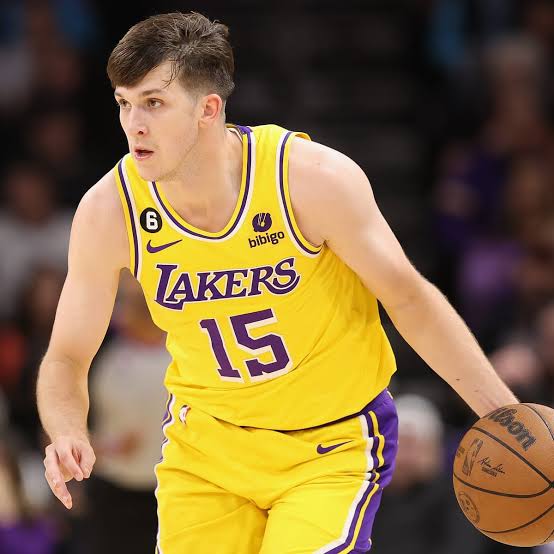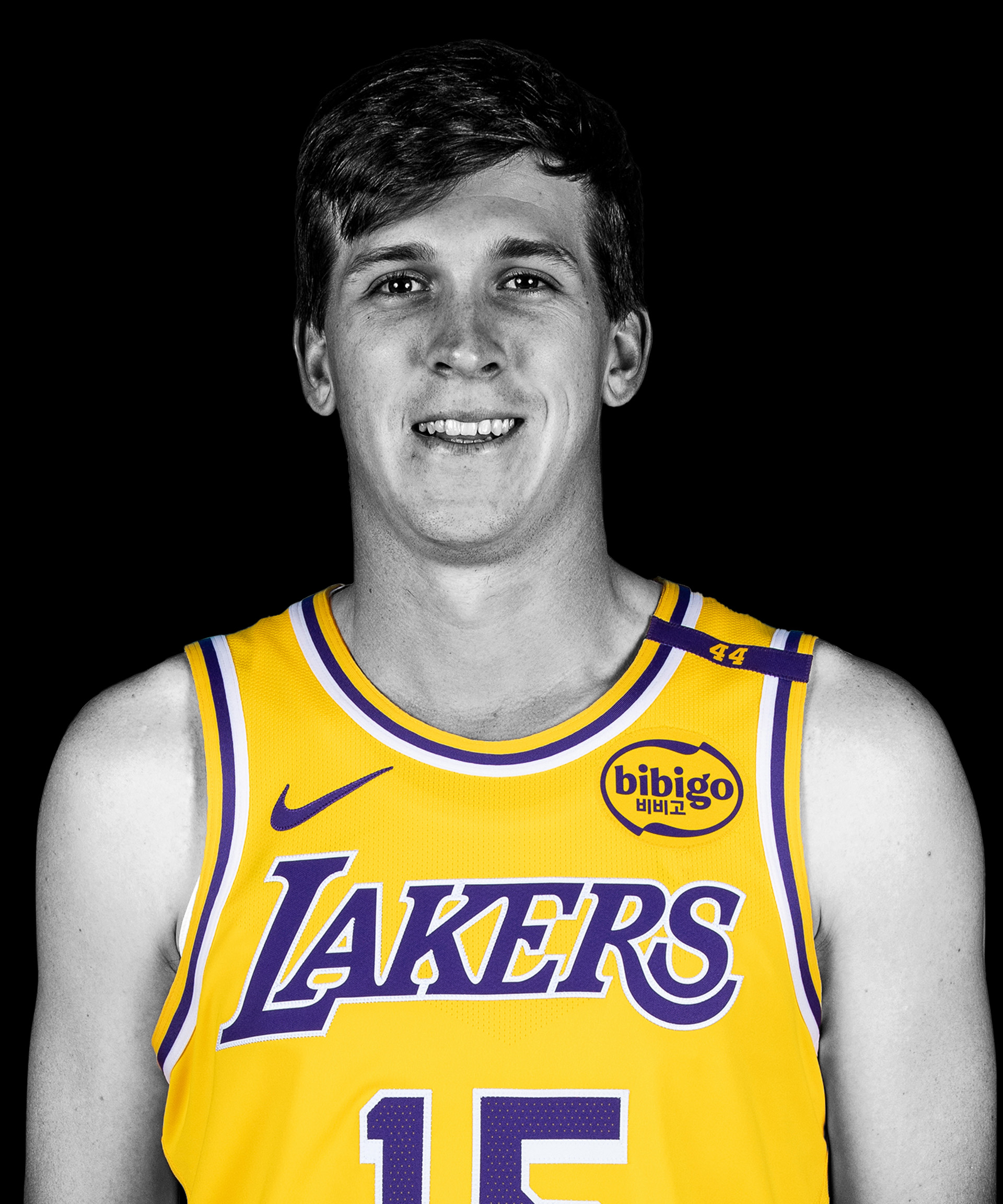The future of sports injury rehabilitation is being shaped by revolutionary treatments like Platelet-Rich Plasma (PRP) and stem cell therapy. These non-invasive methods harness the body’s natural healing abilities, significantly reducing recovery time for athletes.

PRP involves injecting concentrated platelets into injured areas to stimulate tissue regeneration, while stem cell therapy uses immature cells to heal damaged muscles, ligaments, or cartilage. Both techniques are gaining popularity for treating tough injuries such as ACL tears, rotator cuff injuries, and chronic tendonitis, offering athletes a path to recovery without the need for surgery.
In addition to PRP and stem cell treatments, technologies like cold laser therapy are also contributing to faster recovery. These tools work by increasing circulation and promoting healing at the cellular level. Advances in these areas are making it possible for athletes to return to their peak performance levels much faster than before.
Moreover, the future is also bright with the integration of virtual reality (VR) and wearable technology into rehabilitation protocols. VR allows athletes to engage in controlled physical therapy exercises while tracking their movements to ensure safe recovery. Meanwhile, wearables monitor biomechanics and fatigue levels, providing real-time data to optimize performance and minimize injury risk.
With these non-invasive tools becoming more accessible, athletes are less reliant on invasive surgeries and are instead using cutting-edge technologies to speed up healing. This shift could revolutionize how sports injuries are treated in the coming years.
These breakthroughs promise a new era where recovery times are shortened, and athletes can get back to the game quicker and safer, ensuring their longevity in the sport. As research progresses, it is expected that these treatments will become more refined and widely available, changing the landscape of sports medicine forever.



